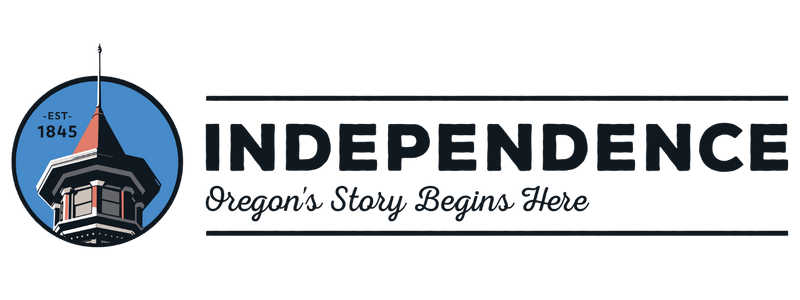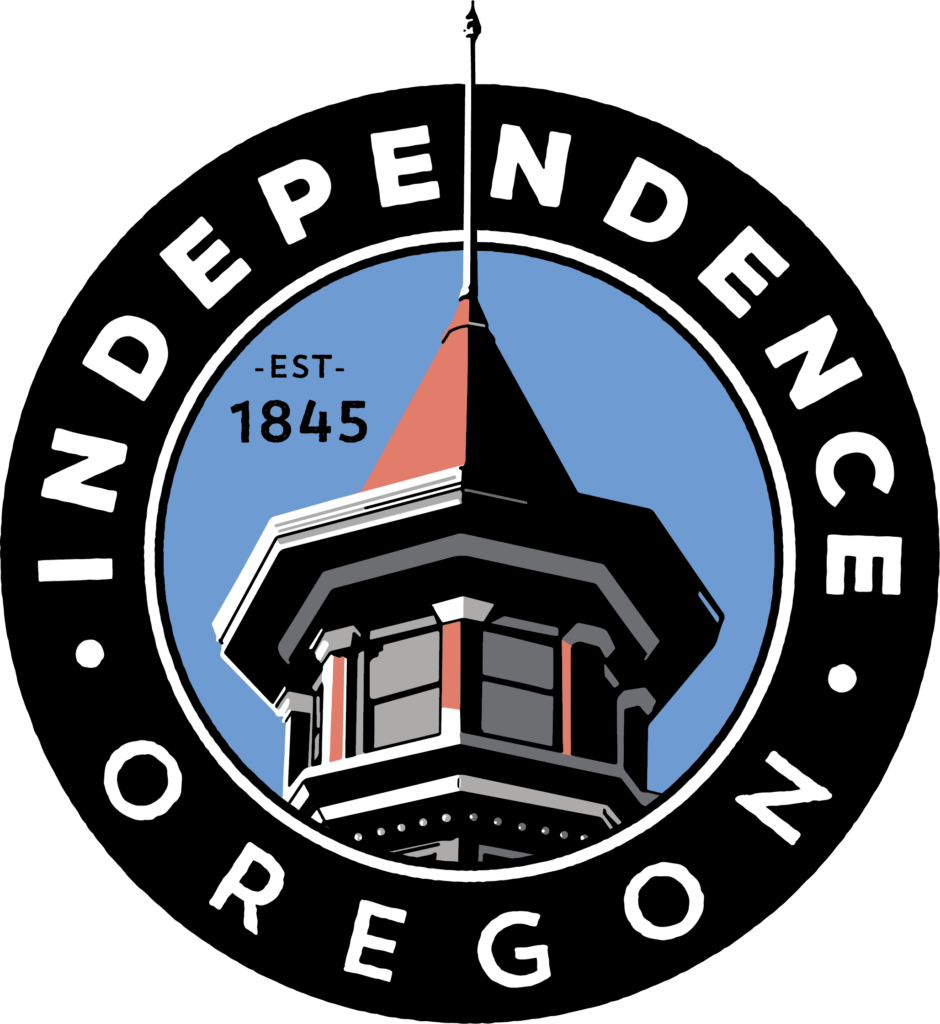Explore the Past and Present of Independence

Explore the Past and Present of Independence

Historical Independence Neighborhood
The City of Independence is the third largest urban area in Polk County, Oregon. It is located twelve miles southwest of Salem, on the west bank of the Willamette River. It was known as the “Hop Capital of the World” from the late 1890’s to the 1940’s. The first group of wagon trains to arrive in Independence set out from Missouri in May, 1844, following the Platte River to Fort Laramie and continuing on the Oregon Trail to the city of The Dalles. At this point, they loaded onto boats, traveling the Columbia River, taking them around the Cascades, then continuing on the Oregon Trail arriving in Independence in June of 1845.
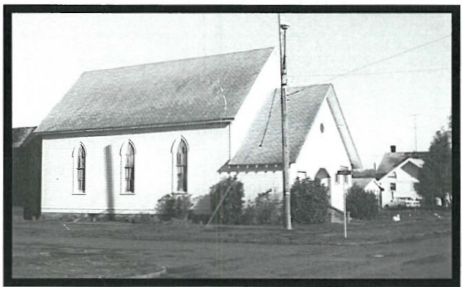 Among the members of the party were several families from Council Bluffs, Iowa, led by John Thorp. His son, Elvin staked a claim just north of Ash Creek, and in the southeast corner of the claim platted a small town site. Today, this area is referred to as either “Old Town” or “Thorp’s Town”. Mrs. Thomas Burbank, the wife of an early pioneer who settled several miles southwest of the town site, is credited with suggesting the name of the Missouri town of Independence for the new settlement. Not only was it the starting point for many emigrants who came across the Oregon Trail, but also one source reports this as Thorp’s hometown. Thorp consented to the name on the condition that the Burbank’s move to the new town and build a store. The town flourished, as it was in a strategic transportation location due to access to the Willamette River. The town’s success ended abruptly after the flood of 1861, leaving the town devastated. The residents were apprehensive about rebuilding on the original location, and plans for a new town began.
Among the members of the party were several families from Council Bluffs, Iowa, led by John Thorp. His son, Elvin staked a claim just north of Ash Creek, and in the southeast corner of the claim platted a small town site. Today, this area is referred to as either “Old Town” or “Thorp’s Town”. Mrs. Thomas Burbank, the wife of an early pioneer who settled several miles southwest of the town site, is credited with suggesting the name of the Missouri town of Independence for the new settlement. Not only was it the starting point for many emigrants who came across the Oregon Trail, but also one source reports this as Thorp’s hometown. Thorp consented to the name on the condition that the Burbank’s move to the new town and build a store. The town flourished, as it was in a strategic transportation location due to access to the Willamette River. The town’s success ended abruptly after the flood of 1861, leaving the town devastated. The residents were apprehensive about rebuilding on the original location, and plans for a new town began.
Henry Hill arrived in the area in 1847; on November 14th, he claimed a one square mile Donation Land Clam south of Ash Creek, and
opened a log cabin store. After the 1861 flood, many residents wanted Hill to plat a new town, which was immediately to the south of
Thorp’s Town of Independence, but was on higher, flatter ground. In 1867 Hill platted 40 acres for a town site which became known as
Henry Hill’s Town of Independence.
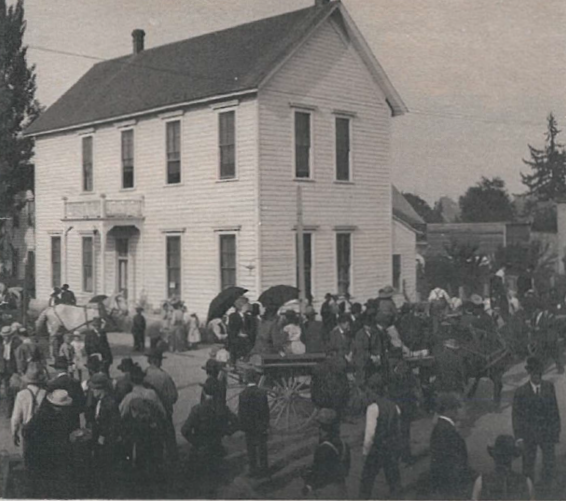
By February 26, 1885, Thorp’s and Hill’s Towns of Independence we1e incorporated. The following decade of the 1880’s brought prosperity and growth to the community. Most of the major buildings standing today were constructed during this period. It was also during this time that the town was officially incorporated. A city government was formed, and the first City employee, John Bohannon, was hired as City watchman and marshal at $45.00 per month. A Mayor-Council form of government was established, and is still the form of government today.
After this burst of activity, Independence settled into the business of being a quiet, yet prosperous Willamette Valley river town. Its strategic location made it a valuable transportation point for the burgeoning lumber industry. But, during the 1920’s and ’30’s, Independence
saw a hop industry grow to such large proportions, that by 1946 Independence was known as being the center of the most concentrated hop district in the world. During hop harvesting season the population of Independence swelled by 40,000 -50,000 hop pickers. Unfortunately, the bottom of the hop market dropped out, and Independence settled back into peaceful existence.
In 1989, a Historic District was formed in the City of Independence, and this District was placed on the National Register of Historic Places. This 30-block area is located on the west bank of the Willamette River, and retains much of the early character and architecture from
the 1880’s to the 1920’s.
Explore through Imagery
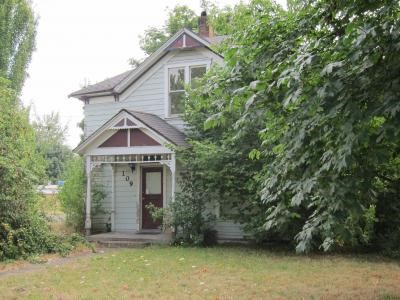
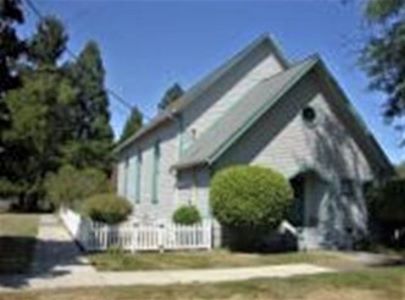
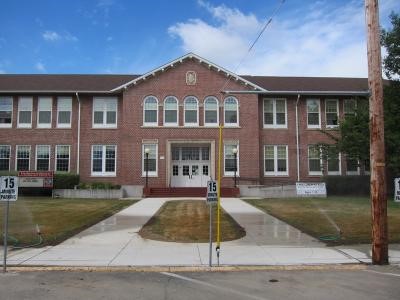
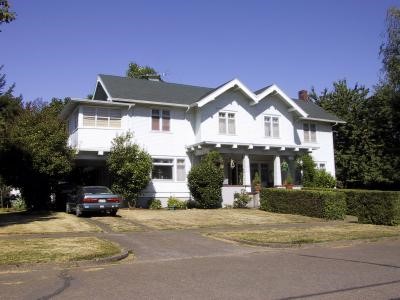
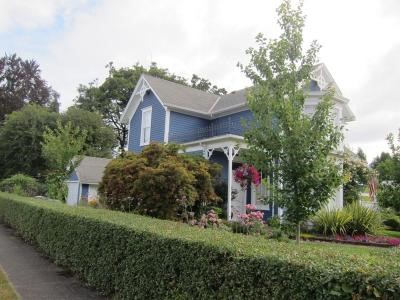
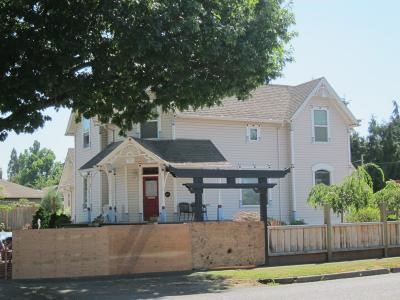
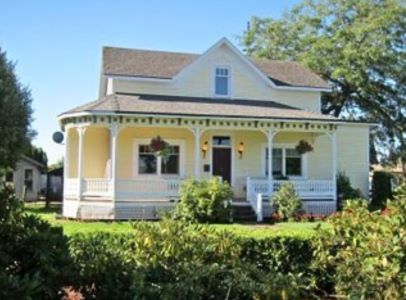
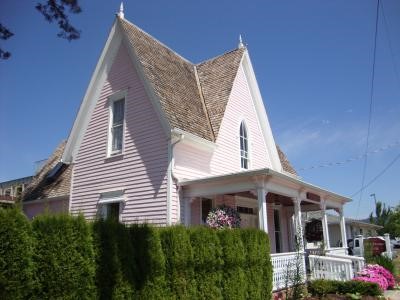
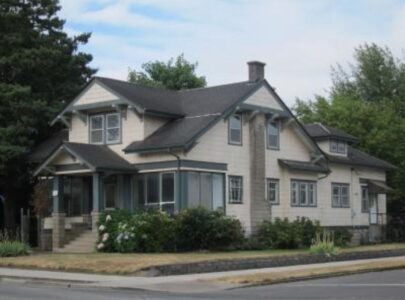









Interactive Map
Click on a marker to view tour details
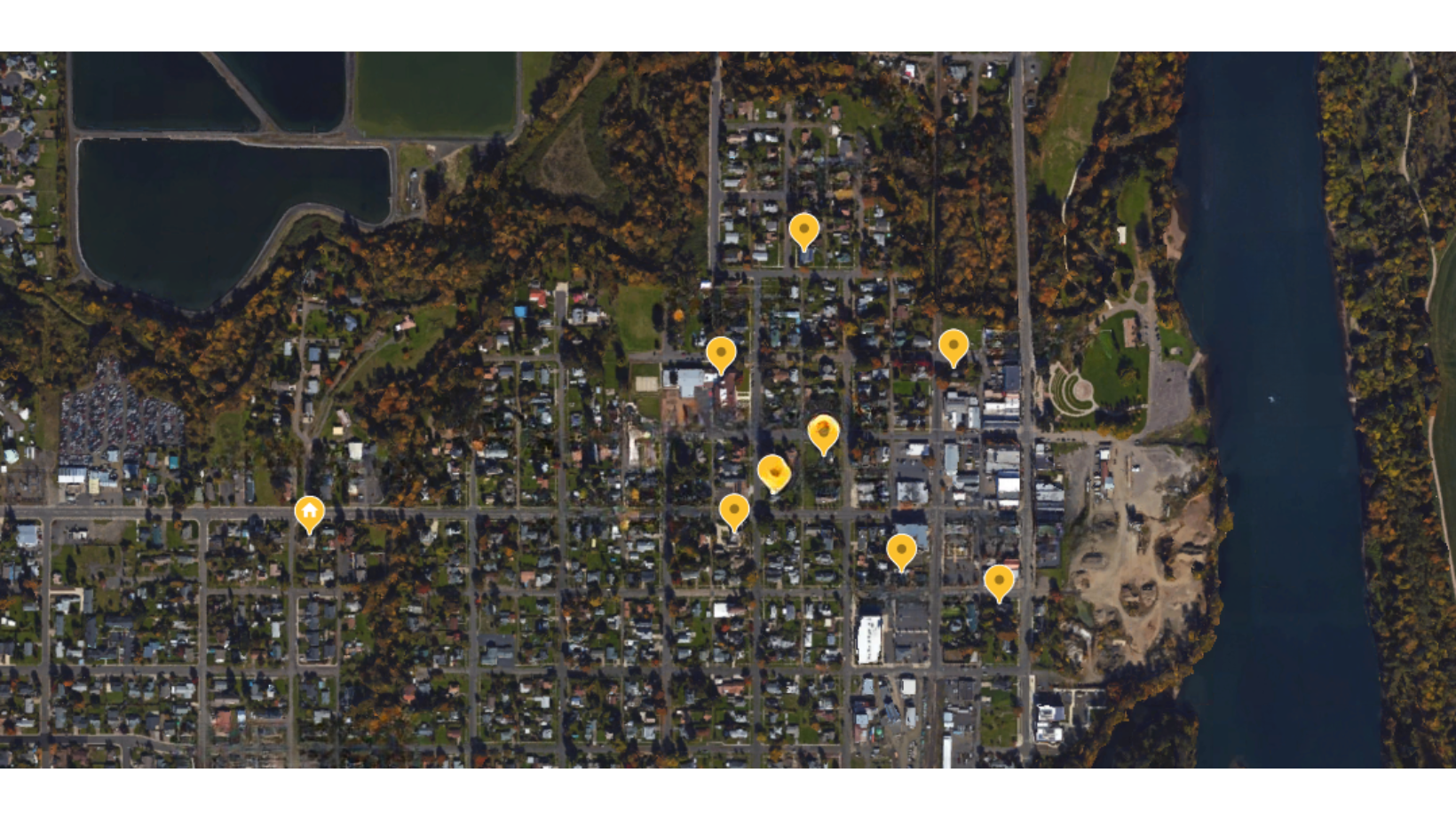
Sperling Residence

109 S. Second St.
Built in 1888, this one and one-half story residence is square in plan with additions. The original owner was Albert Sperling; a well known carpenter and house painter in Independence around the tum of the century. Sperling probably built the residence himself. The Sperling family built the Sperling Hotel which is still standing at 114 S. Main Street in downtown Independence
Independence Christian Church

350 A St.
The Christian Church was built in 1886 by members of the congregation for a cost of $2,000 and was originally located on the comer of 3rd and “D” streets. It was later moved to its present location and used by the Pythian Sisters. It was eventually converted into a private residence.
Independence Elementary School

150 S. 4th St.
The present Independence Elementary School is the site for a former school building which was constructed in 1891. In 1925-26 the Oregon Normal School built the existing building for a cost of$1 l 7,361. The building was used as a training school facility until it was converted into a elementary school. A two room addition to the building was made in 1959.
Cooper-Walker House

224 S. 3rd St.
This residence was originally owned by J.S. Cooper, a prominent business, person in Independence. Cooper was elected mayor of Independence from 1904 to 1905. Another resident of the building was Dean Walker. The Walker’s son R.M. Walker became the president of First National Bank of Independence and was mayor from 1918 to 1925. Walker’s other son Dean, served as Senator in the State Legislature for many years.
Wheeler Residence

386 Monmouth St.
The residence was built by J.A. Wheeler around 1880. Lucy Ann and John Wheeler were both from New York and first appear in Oregon in the 1880 census. Wheeler operated a blacksmith shop on Main Street, was very active politically and served on the City Council. The residence remained in the Wheeler family until 1902. Later occupants included Glen and Carolyn Smith. Smith was Postmaster of Independence from 1933 to 1957.
The Butler Residence

411 Monmouth St.
This building was constructed in 1890 by Ardella & Otis Butler. Otis served as mayor from 1902-1903. The first telegraph and car in Independence were said to be owned by the Butlers. The Butler residence was on a large lot surrounded by fruit trees which were a product of Otis's love of grafting. The residence remained in the Butler family until 1954 when it was sold and turned into The Elliot Apartments. It is currently a private residence.
Davidson Residence

887 Monmouth St.
This Gothic Revival building was constructed by the John E. Davidson family in 1880. Davidson was born in Barron County, Kentucky in 1823 and moved to Oregon from Illinois in 1850. Davidson, along with a partner, have been credited with building the first business house in Independence. The building has had many subsequent owners over the years. There is a carriage house now used as a garage associated with the structure.
The Pink House
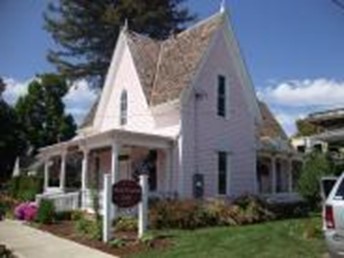
242 D St.
If your hungry, stop for a bite to eat! This Gothic Revival house was built in 1875 by Dr. John Davidson. The house was occupied by banker and politician James S. Cooper at its original location on Third Street from 1883 to 1913, at which time it was moved two blocks South. Davidson, a medical practitioner and merchant who established the community's first mercantile store, arrived in the area in 1850 and was one of the earliest residents of Independence. In 2006, the house was moved yet again to its present location and is now a café.
The Tasco House
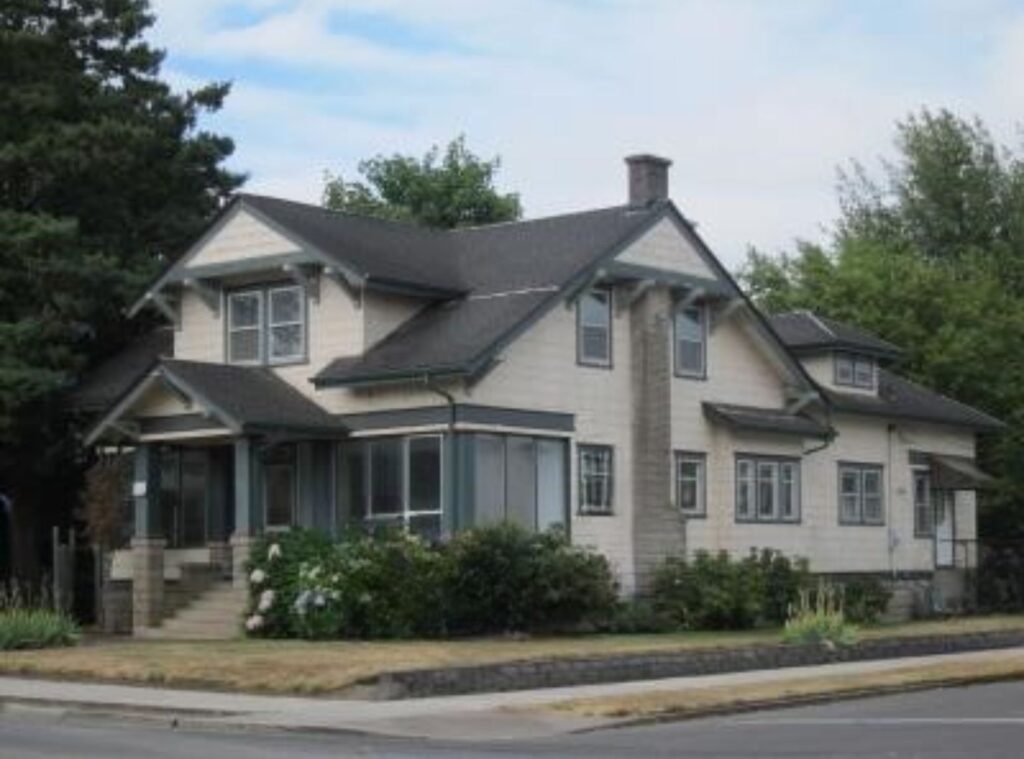
414 S. Main St.
This bungalow style building was constructed by the Cooper family around 1914. Other occupants include Dr. O'Donnell and Gladys and Clifford Glassen. The Glassens were occupants from about 1945 until the I 960's. The stone work on the building is probably the work of Clyde Williams It is now serves as a rentable vacation place for anyone who wants to experience and stay in historical Independence.
Tour In Person
A taste of history can be seen with our walking tours, which provide moments to enjoy the pleasures of Independence’s natural historical character of the city. They introduce visitors to our historic neighborhoods, parks, and downtown structures and invite those who wish to learn the history of where Independence once was.
Take your time strolling while you learn about the neighborhood and downtown history. Walks can start or end wherever you choose and can be as long as you choose. There are endless possibilities in adventuring on the self-guided Independence Historical Walking Tour.
